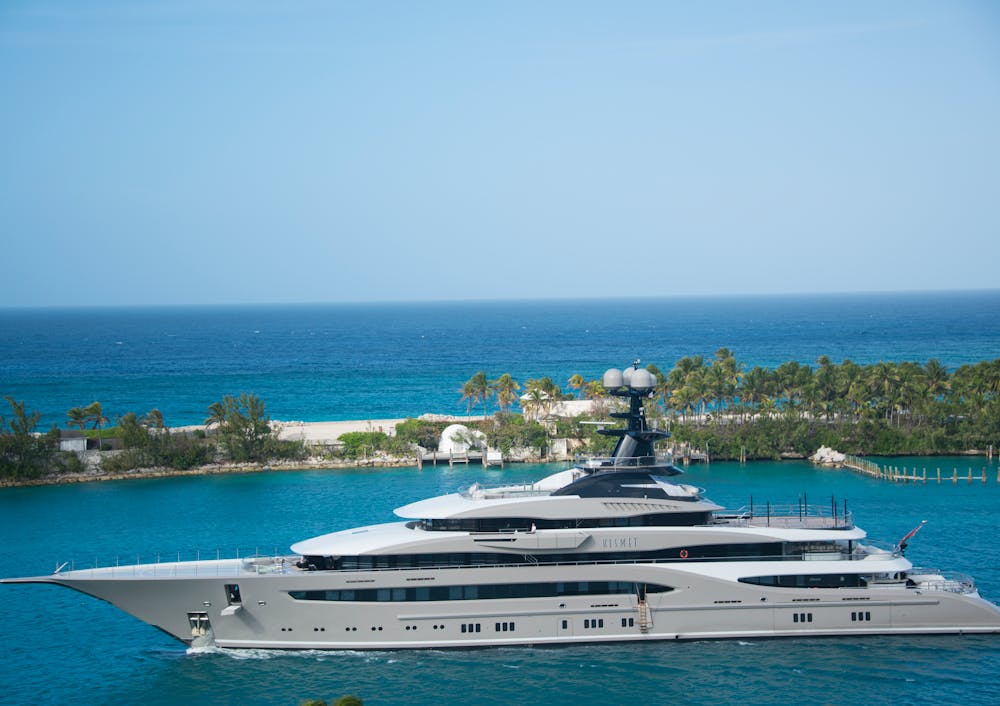Timing is crucial when buying a yacht, as it affects both cost and availability. Market patterns, seasonal demand, and dealer promotions shift throughout the year, creating chances for savings and shorter wait times—or potential delays.
Spring and early summer are tempting, with excitement running high at the start of boating season. However, dealerships can be overloaded, meaning longer waits for popular or customised models.
By contrast, autumn typically brings fewer buyers to showrooms, allowing sellers to lower prices and sometimes toss in extras like free winter storage. Meanwhile, yacht makers often introduce new model-year releases in late winter or early spring, so those keen on fresh designs may benefit from acting sooner.
Shopping off-season can also help you benefit from dealer incentives and secure more flexible terms. Overall, staying alert to these seasonal shifts could lead to a smoother purchase and better value in the long run.
Seasonal Factors and Their Impact on Pricing
Late summer and early autumn can mean lower prices because sellers are eager to clear their current stock before fresh models arrive.
In these months, dealerships often see fewer customers, so they’re more open to cutting deals and tossing in freebies like winter storage or slip incentives.
The reduced buyer interest during cooler periods further simplifies negotiations, giving you more sway on both price and add-ons.
Pay close attention to local weather, since peak demand varies from place to place. Areas with milder winters, for example, may see steady yacht sales year-round compared to regions with tougher winter conditions.
By factoring in these local trends and seasonal shifts, you can choose the perfect moment to score a better price and more appealing terms.
Triggers in the Market and Model Cycles
Retail cycles have a strong influence on boat prices all year round. As the final months roll in, dealerships are often eager to shift existing stock, which means current models may come with price cuts before new versions arrive.
This seasonal sell-off does more than simply offer buyers appealing deals; it can also include extras like complimentary winter storage or lowered slip fees.
When fresh designs are introduced, manufacturers usually price them at a premium. Yet this launch period also opens a window of opportunity for those watching their spending.
Early adopters might pay extra, but dealerships want to clear older models to make space on the showroom floor. As a result, slightly earlier models become more affordable, especially if you’re on a budget.
Sellers keep this momentum going by dropping prices whenever new releases appear. Once the latest models hit the market, current-year boats often get discounted to stay competitive.
This cycle—powered by last-year stock clearance and new model introductions—makes it possible to land a better deal if you choose your moment wisely.
Leveraging Boat Shows
Boat shows offer a handy way for potential yacht buyers to find special deals and financial offers they may not see at standard dealerships.
These gatherings bring multiple exhibitors into one place, letting you compare various yacht models side by side and spot distinctions in features, design, and material quality.
That broader view helps you make sound decisions and notice details you might miss during separate dealer visits.
Buying at a boat show often brings the added perk of personal customisation features that can be arranged more quickly.
Dealers usually work hard to secure sales during these events by offering unique add-ons and speeding up delivery, making sure your purchase fits your requirements and shows up without delay.
This can be especially appealing if you want to make the most of the boating season right away.
Opportunities in the Used Market
The used yacht scene stays lively year-round, as many owners switch models to suit their changing tastes. This constant churn keeps decent options on the market no matter the season.
It’s wise to arrange a professional inspection or survey to confirm everything is in good shape, helping you steer clear of hidden repair bills. A yacht that doesn’t need a lot of adjustments or additional parts can be a real time-saver, letting you start your adventures without delay.
Crucial Planning Considerations
Establishing a comprehensive budget is essential. Beyond the purchase price, factor in ongoing expenses such as maintenance, insurance, mooring fees, and any upgrades you might need.
Having a clear financial plan ensures you can comfortably manage both initial expenditures and long-term upkeep.
Defining the yacht’s main purpose is also important. Whether you expect to use the vessel for relaxed cruising, sport-focused activities, or a blend of both, clarifying your goals helps narrow your choices and points you to a model with the right features and overall design.
A test cruise is an indispensable step before finalising your purchase. Experiencing the yacht under real conditions lets you assess its handling, onboard comfort, and performance, so you can be sure it meets your expectations and suits your way of life.
Essential Takeaways for a Well-Timed Purchase
Coordinating your timeframe with seasonal patterns, price fluctuations, and personal plans helps secure a well-timed yacht purchase. It’s worth examining how local boating seasons, new model arrivals, and dealership inventories fit into your schedule.
For instance, late winter and early spring often suit those yearning for the latest models, while autumn can bring notable discounts. Dealers might be open to cutting prices, tossing in winter storage, or lowering slip fees to clear out current stock.
Looking into periodic incentives is just as valuable. Many dealers and manufacturers roll out promotional deals during quieter months or at boat shows running from late autumn to early spring, creating an opening for solid savings.
Keeping your purchase date flexible empowers you to jump at these offers, even if they pop up unexpectedly. This strategy helps you maintain your budget and still land the yacht you truly want.
As you compare options, consider the perks of brand-new builds versus pre-owned vessels. While new releases promise state-of-the-art features, used yachts can often fit more comfortably into a tight budget.
No matter your choice, arranging a thorough inspection is crucial in protecting your investment. Whether you opt for a professional survey or a careful walk-through, identifying issues upfront ensures the yacht performs as expected and spares you any sudden repair bills.


